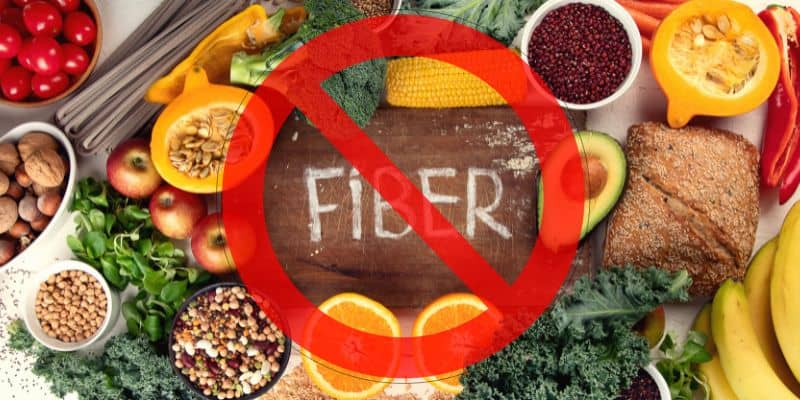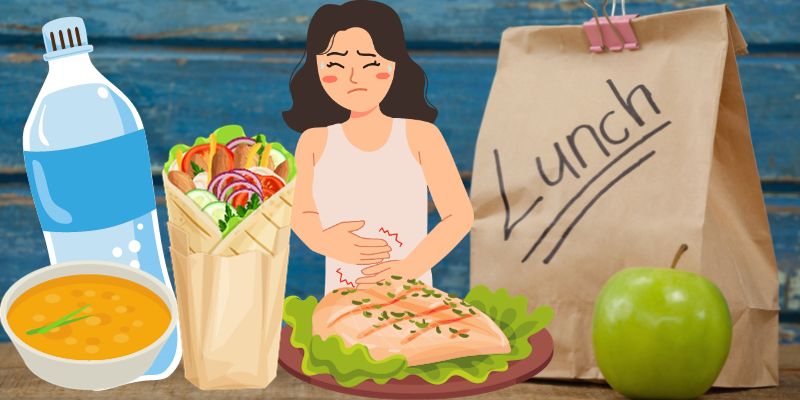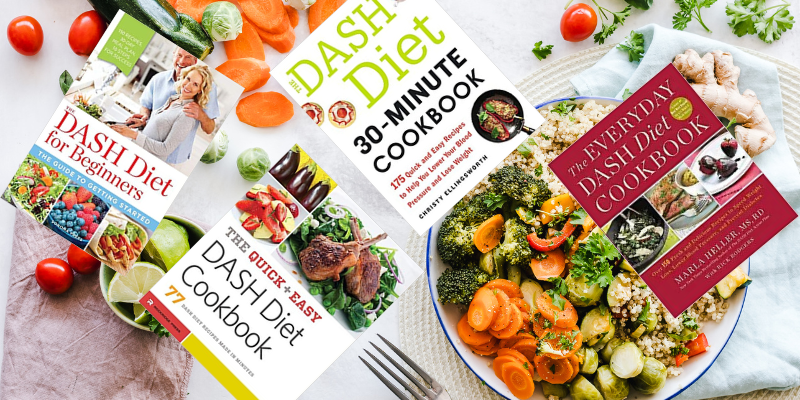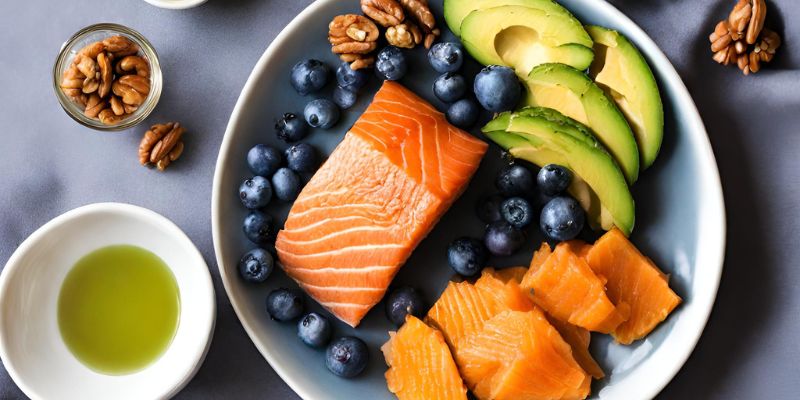In this blog post, I’ll give you the rundown on 31 foods to eat and avoid on a low fiber diet, also sometimes also called a low-residue diet.
What Foods Can I Eat on a Low-Fiber Diet?
I have been dealing with diverticulous and irritable bowel syndrome (IBS) for most of my adult life and recently had a flare up so I thought this might be a great time to cover some of the best low fiber diet foods to eat and avoid.
A low-fiber diet is often recommended for individuals with certain digestive medical conditions, such as inflammatory bowel disease, a bowel obstruction, crohn’s disease, diverticulitis, or other gastrointestinal condition. It can also be recommended after bowel surgery or for individuals with ulcerative colitis. While a low-fiber diet can help alleviate symptoms, it can also be challenging to follow due to the limited food choices. In this blog post, I will provide a list of 25 foods that are safe to eat on a low-fiber diet, as well as a list of 31 foods to avoid. By following these guidelines, individuals can still enjoy a varied and nourishing diet while managing their digestive health.
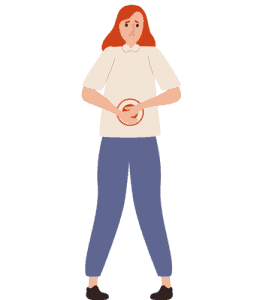
It’s important to note that a low-fiber diet should only be followed under the guidance of a healthcare professional. If you are considering a low-fiber diet, it is essential to consult a doctor or registered dietitian to ensure that you meet your nutritional needs and do not miss out on essential nutrients. With their guidance, you can develop a plan that works for you and your health needs.
The goal of course is too avoid getting too much fiber that could potentialy aggrative your digestive tract.
For more information on low-fiber diets, the Mayo Clinic website is a reputable medical source that provides detailed information on the benefits and potential risks of following a low-fiber diet and tips on how to follow a low-fiber diet safely. As Dr. Donald Hensrud, Chair of the Mayo Clinic’s Healthy Living Program, states: “A low-fiber diet can help alleviate digestive symptoms in people with certain digestive disorders, but it’s essential to ensure you’re getting all the nutrients you need.
25 Foods to Eat on a Low Dietary Fiber Diet
Here are 25 foods to eat on a low fiber diet.
- Cooked vegetables without seeds or skin (such as canned vegetables, cooked broccoli or carrots, or cooked greens)
- Cooked or canned fruit without seeds or skin (such as applesauce, canned peaches or pears)
- Refined grains (such as white bread, pasta, and rice)
- White rice
- Lean meat, poultry, and fish
- Eggs
- Tofu
- Low-fiber, refined breakfast cereals (such as cornflakes or puffed rice)
- Milk, yogurt, and cheese
- Smooth peanut butter
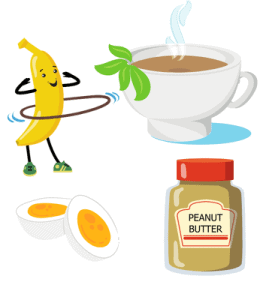
- Tender, well-cooked beans (such as lentils or split peas)
- Soft, well-ripened fruits (such as bananas or avocados)
- Smooth soups and broths
- Cooked, mashed potatoes without skin
- Soft, cooked noodles
- Cooked, ground meat (such as meatballs or meatloaf)
- Pudding and custard made with milk
- Gelatin
- Soft, cooked vegetables without seeds or skin (such as zucchini or eggplant)
- Tender, cooked grains (such as couscous or quinoa)
- Soft, cooked grains (such as oats or rice)
- Mashed avocado
- Cooked or canned legumes (such as lentils, chickpeas, or kidney beans) that have been well-rinsed and drained
- Well-cooked, tender beans (such as black beans or navy beans)
- Soft, cooked root vegetables (such as parsnips or turnips)
- Tofu that has been well-cooked and mashed
- Smoothies made with low-fiber fruits and vegetables (such as berries, melons, and spinach)
- Seedless jam or jelly
- Low-fiber crackers or rice cakes
- Cottage cheese
- Baked or mashed sweet potatoes without skin
- Plain wild rice or rice pilaf
🍽️ Related: Dash Diet Breakfast, Lunch & Dinner Ideas
31 Foods to Avoid on a Low-Fibre Diet
Here are 31 foods to avoid on a low fiber diet.
- Raw vegetables or partially cooked vegetables
- Fresh fruit, raw or dried fruit with seeds or skin or whole fruit juice
- Whole grains (such as whole wheat bread, brown rice, and quinoa)
- Nuts and seeds
- Popcorn
- Raw or dried beans
- Corn and corn products (such as corn on the cob, cornbread, and tortilla chips)
- Raw or partially cooked potatoes
- Raw or partially cooked root vegetables (such as carrots, beets, and parsnips) or vegetable juice
- Whole or partially cooked legumes (such as lentils, chickpeas, and kidney beans)
- Raw or partially cooked onions and garlic
- Whole or partially cooked cruciferous vegetables (such as broccoli, cabbage, and Brussels sprouts)
- Whole or partially cooked squash and pumpkin
- Whole or partially cooked apples and pears
- Dried fruit
- Coconut
- Berries (such as strawberries, raspberries, and blackberries)
- Grapes and raisins
- Prunes and figs
- Dates and apricots
- Peaches and nectarines
- Plums and cherries
- Papaya and mango
- Kiwi fruit
- Persimmons
- Pineapple
- Raw or partially cooked mushrooms
- Raw or partially cooked eggplant
- Raw or partially cooked zucchini
- Raw or partially cooked green beans
- Raw or partially cooked peas
It’s important to note that these low fiber diet lists are not exhaustive, and you should always consult a healthcare professional before making any dietary changes. For example the ability to consume dairy products, including ice cream, may depend on other factors such as lactose intolerance.
Some individuals may have additional restrictions or recommendations based on their specific health needs. It’s also important to note that a low-fiber diet should only be followed under the guidance of a healthcare professional and typically for a short time. It is typically not recommended that you stay on this type of special diet for a long time. My coctor will typically put me on a liquid diet for a few days when I have a bout of diverticular disease.
🍽️ Related: Detoxifying Foods to Eat During Dry January
Low Fiber Diet: Frequently Asked Questions (FAQs)
Q: What are the potential risks of following a low fiber diet?
A: While a low-fiber diet can help manage certain digestive conditions, it can also be associated with potential risks. One potential risk is nutrient deficiencies, as fiber is an important source of nutrients such as vitamins, minerals, and antioxidants (Source: Mayo Clinic).
It’s essential to work with a healthcare professional to ensure that you meet your nutritional needs while following a low fiber diet. A low fiber diet may increase the risk of constipation, abdominal cramping, and other digestive issues if followed incorrectly (Source: Harvard Health Publishing). Also, it can depend on factors like the amount of undigested food, whether you have abdominal pain, etc.
Q: How do I follow a low-fiber diet / low residue diet safely?
A: It’s essential to consult with a healthcare professional before starting a low fiber diet, as they can guide how to follow the diet safely and ensure that you meet your nutritional needs. Some general tips for following a low-fiber diet safely include:
- Gradually decreasing your fiber intake to give your digestive system time to adjust
- Drinking plenty of fluids (such as water, broth, or clear juices) to help prevent constipation
- Choosing low-fiber foods that are rich in nutrients, such as cooked vegetables, cooked or canned fruit, lean protein sources, and refined grains
- Avoiding raw or partially cooked foods, as they are more difficult to digest
- Reading food labels carefully to mionitor the amount of fiber intake
- Avoiding high fiber supplements, as they can worsen digestive symptoms
- Low fiber diet foods to eat and avoid
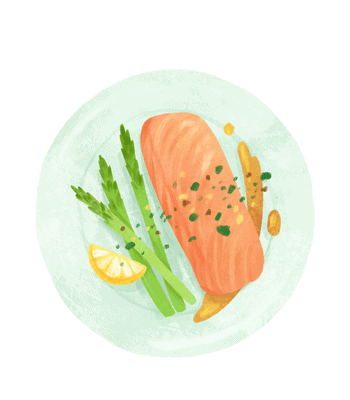
Q: Can a low-fiber diet be followed long-term?
A: A low fiber diet should generally only be followed for a limited period, as it can be associated with potential risks such as nutrient deficiencies and constipation. Once your digestive symptoms have improved, your healthcare professional may recommend gradually increasing your fiber intake to meet your nutritional needs. Working with a healthcare professional to develop a plan for safely transitioning back to a more varied diet is important.
Q: Can a low fiber diet be followed by individuals who do not have digestive issues?
A: A low fiber diet is generally only recommended for individuals with certain digestive conditions, such as inflammatory bowel disease or diverticulitis. A fiber-rich diet is generally recommended for optimal health for individuals without these conditions.
According to the Dietary Guidelines for Americans, adults should aim for at least 14 grams of fiber per 1,000 calories consumed (Source: U.S. Department of Health and Human Services). If you are concerned about your fiber intake or have any questions about your diet, it’s essential to consult a healthcare professional.
Low Fiber Diet: The Bottom Line
In conclusion, a low fiber diet can be an effective tool for managing certain digestive conditions. Still, it’s essential to follow it under the guidance of a healthcare professional and for a limited period.
Individuals can still enjoy a varied and nourishing diet while managing their digestive health by choosing nutrient-rich, low-fiber foods and avoiding high-fiber options.
However, it’s crucial to be aware of the potential risks of a low-fiber diet, such as nutrient deficiencies and constipation, and to work with a healthcare professional to ensure that you follow the diet safely and meet your nutritional needs.
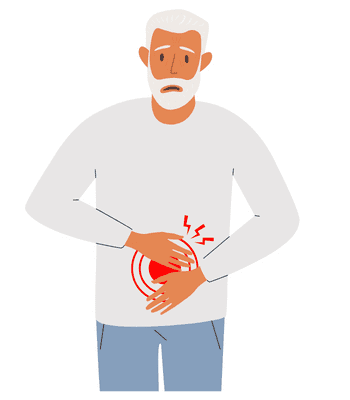
So whether you’re looking to alleviate digestive symptoms or upgrade your fiber game, it’s always a good idea to consult a trusted healthcare professional before making any changes to your diet. Happy (and healthy) eating!
🍽️ Related: Custom Keto Diet: Benefits, Food List & FAQs
